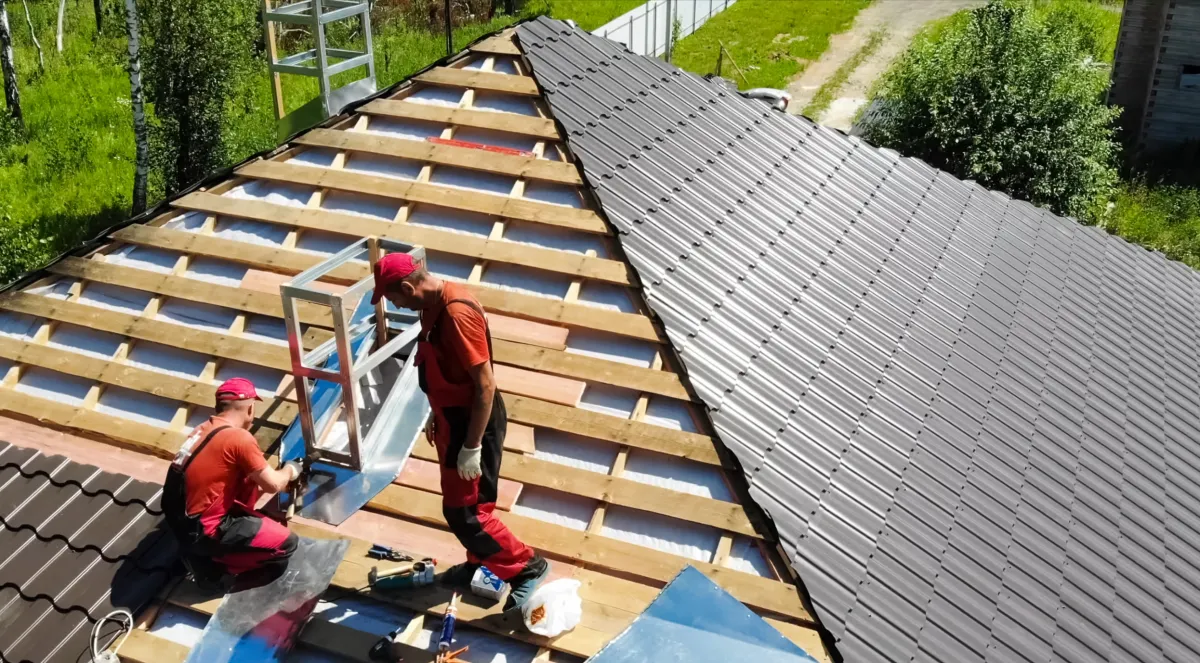
How Long Does a Roof Really Last? (By Material Type)
Replacing a roof is one of the biggest investments a homeowner can make, but it’s also one of the most important for protecting your home. So how long should your roof actually last? The answer depends heavily on the material used, the climate you live in, and how well it’s maintained.
In this guide, Roofing Experts 360 breaks down the expected lifespan of the four most common residential roofing materials: asphalt shingles, metal, tile, and wood shake. Whether you’re considering a new roof or just planning ahead, this comparison will help you make a smart, informed choice.
1. Asphalt Shingles (15–30 Years)
Asphalt shingles are the most commonly used roofing material in the U.S., especially for residential homes in Washington and Idaho. They’re affordable, versatile, and relatively easy to install.
3-tab shingles: ~15–20 years
Architectural shingles: ~25–30 years
Lifespan Factors: UV exposure, ventilation, and storm impact can shorten lifespan. Proper installation and annual maintenance help maximize durability.
2. Metal Roofing (40–70 Years)
Metal roofs are gaining popularity due to their durability, energy efficiency, and sleek appearance. They perform well in a variety of climates, including rainy and snowy regions.
Standing seam metal roofs: ~50–70 years
Corrugated steel panels: ~40–50 years
Lifespan Factors: Corrosion (in cheaper systems), improper installation, or damage from falling branches can reduce life expectancy. However, most metal roofs require minimal maintenance.
3. Tile Roofing (50–100 Years)
Clay and concrete tile roofs are incredibly long-lasting and resistant to fire, insects, and rot. They’re more common in warmer climates but also used in high-end builds in the Northwest.
Clay tiles: ~70–100 years
Concrete tiles: ~50–60 years
Lifespan Factors: Heavy weight requires a strong roof structure. Individual tiles may crack due to impact but are easily replaced.
4. Wood Shake Roofing (20–40 Years)
Wood shake roofs offer natural beauty and a rustic look, often seen in cabins and traditional-style homes.
Hand-split cedar shakes: ~30–40 years
Machine-cut wood shingles: ~20–30 years
Lifespan Factors: Moisture and moss buildup in rainy climates (like WA and ID) can shorten life unless regularly cleaned and treated. Not ideal for fire-prone areas unless specially treated.

Final Thoughts:
There’s no one-size-fits-all answer when it comes to roofing. Each material comes with trade-offs in cost, lifespan, appearance, and maintenance. If you’re unsure which type is right for your home, Roofing Experts 360 can help.
We’ll connect you with a certified roofing professional near you who can walk you through your options and provide a free, no-obligation quote.
